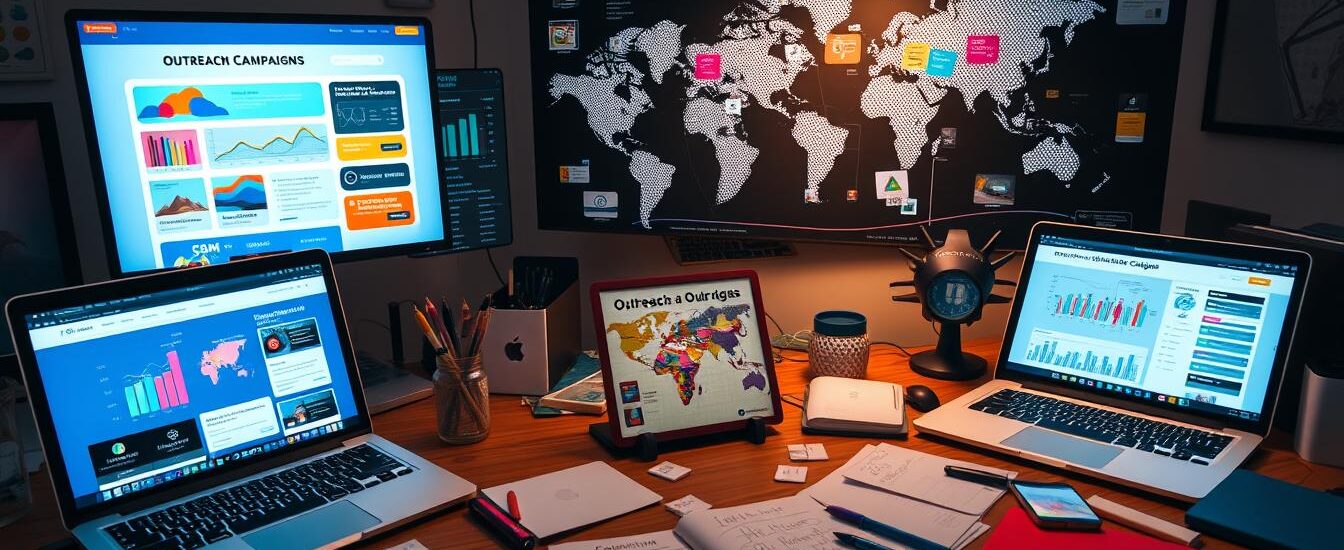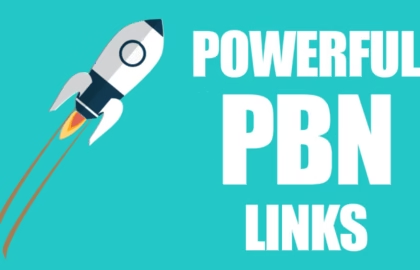Rank on Google Let’s face it: if you’re not ranking on Google, you’re invisible. Google controls over 90% of global search traffic. Ranking on Google isn’t just about bragging rights—it’s about survival in the digital world. But how exactly do you rank on Google in 2025? This guide will walk you through everything step-by-step, using simple language and actionable advice.
Why Google Ranking Matters
Why does everyone obsess over ranking on Google? Because that’s where your audience is! Think about your own habits. When you need information, where do you go? Google.
- Visibility: High rankings mean more eyeballs.
- Credibility: People trust Google’s top results.
- Traffic: Higher rankings = more website visitors.
- Revenue: More visitors often mean more sales.
Understanding Google’s Algorithm
Google’s algorithm is like a mysterious recipe. The ingredients (ranking factors) constantly change, but some key updates have shaped it:
Hummingbird
Focused on understanding search intent rather than just keywords.
Panda
Targets thin, low-quality, or duplicate content.
Penguin
Cracks down on spammy backlinks and manipulative link-building tactics.
RankBrain
Google’s AI component that helps interpret complex queries and user intent.
Helpful Content Update
Rewards content that actually helps users and penalizes sites producing unhelpful, clickbait articles.
Keyword Research: The Foundation of SEO
If you want to rank, you need to know what people are searching for.
Importance of Keywords
Keywords are like the bridge between what people are searching for and your content.
Long-Tail vs Short-Tail Keywords
- Short-tail: “Shoes” (very broad)
- Long-tail: “Best running shoes for flat feet 2025” (specific, less competition)
Keyword Research Tools
- Google Keyword Planner
- SEMrush
- Ahrefs
- Ubersuggest
- Answer The Public
Pick keywords that have good search volume but aren’t too competitive for your website’s authority.
On-Page SEO: Optimizing Your Content
Now that you have your keywords, it’s time to sprinkle them in the right places.
Title Tags
This is the headline people see on Google. Include your main keyword naturally.
Meta Descriptions
Not a ranking factor, but affects click-through rates. Make it compelling.
Header Tags
Use H1, H2, H3 properly to structure your content. Google loves well-organized content.
Content Optimization
- Use your keywords naturally.
- Add LSI (Latent Semantic Indexing) keywords.
- Avoid keyword stuffing.
Image Optimization
- Use descriptive ALT text.
- Compress images for faster loading.
- Use relevant file names.
Technical SEO: The Backbone of Ranking
You could have amazing content, but if your site has technical issues, Google might not even see it.
Site Speed
Google uses page speed as a ranking factor. Use tools like Google PageSpeed Insights.
Mobile-Friendliness
Over 60% of searches happen on mobile. Use responsive design.
Secure Websites (HTTPS)
SSL certificates are a must. Google gives preference to secure sites.
Structured Data
Helps Google understand your content better and may result in rich snippets.
Content Quality: Google Loves Helpful Content
Quality content is king—always has been, always will be.
E-A-T: Expertise, Authoritativeness, Trustworthiness
Google wants to rank content written by experts, backed by authority, and trusted by users.
Content-Length and Depth
Longer, more detailed articles tend to perform better. Aim for comprehensive, 2000+ word articles like this one.
Avoiding Duplicate Content
Plagiarism and duplicate content can tank your rankings. Always create original, unique content.
User Experience (UX): Keeping Visitors Happy
Google cares about how users interact with your site.
Site Design and Navigation
Simple, clean layouts help users find what they need quickly.
Bounce Rate and Dwell Time
Keep visitors engaged to lower bounce rates and increase dwell time.
Backlinks: The Power of Authority
Backlinks are like votes of confidence from other sites.
What Makes a Good Backlink
- High domain authority
- Relevance to your content
- Natural placement within content
Link Building Strategies
- Guest posting
- HARO (Help A Reporter Out)
- Creating shareable content
- Infographics
Avoiding Black Hat SEO
Never buy links or participate in link farms. Google will catch you.
Local SEO: Dominate Your Area
If you run a local business, this is crucial.
Google My Business
Claim and optimize your Google My Business listing.
Local Citations
Ensure your NAP (Name, Address, Phone) is consistent across directories.
Reviews and Ratings
Encourage happy customers to leave reviews.
Voice Search Optimization
With Siri, Alexa, and Google Assistant, voice search is booming.
- Use conversational keywords.
- Answer questions directly.
- Optimize for featured snippets.
Video SEO: Leveraging YouTube and Video Content
Google owns YouTube, so videos can give you a serious boost.
- Use relevant keywords in titles and descriptions.
- Include transcripts.
- Create engaging thumbnails.
Social Media Signals and SEO
While social signals aren’t direct ranking factors, they can increase visibility and traffic.
- Share your content across platforms.
- Encourage sharing.
- Build an engaged community.
Analytics and Monitoring Your SEO Performance
You can’t improve what you don’t measure.
- Google Analytics
- Google Search Console
- SEMrush
- Ahrefs
Track your traffic, bounce rate, and keyword rankings to refine your strategy.
Conclusion
Ranking on Google isn’t a one-time task—it’s a continuous process that requires patience, consistency, and adaptability. Mastering keyword research, creating quality content, optimizing on-page and technical SEO, building authoritative backlinks, and focusing on user experience are your keys to climbing the SERPs. Follow these steps, stay updated with Google’s algorithm changes, and you’ll see your rankings grow.
FAQs
1. How long does it take to rank on Google?
It depends on many factors, but generally 3-6 months for noticeable results if you’re consistent.
2. Can I rank without backlinks?
Technically yes, but backlinks significantly boost your authority and ranking potential.
3. Is SEO better than paid ads?
SEO provides long-term, sustainable traffic. Paid ads stop the moment you stop paying.
4. How often should I update my content?
Regularly update your content to keep it fresh and relevant—aim for every 6-12 months.
5. What is the biggest SEO mistake?
Trying to game the system with black hat techniques. Always focus on providing value.






